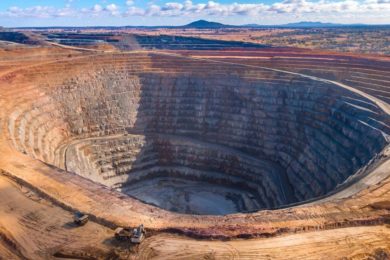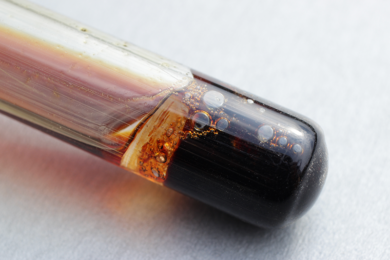Evolution Mining is considering the application of a number of technologies to displace diesel in its mining fleet, with its latest sustainability report highlighting several short to medium-term and longer-term solutions currently being assessed and considered by the gold-focused miner.
Evolution has set a target of reducing its Scope 1 and 2 emissions by 30% by 2030, with plans to reach net zero emissions in these two categories by 2050.
Over the course of its 2023 financial year, Evolution says it achieved an 11.2% reduction in absolute emissions compared with its FY 2020 baseline; maintained a robust direct (Scope 1) and indirect (Scope 2) accounting program, including resetting its emissions baseline; conducted a CO2 abatement cost review focusing on marginal abatement cost curves; externally validated modelling of emissions data including all input modelling; and developed and integrated internal emissions modelling tools to assess the impact of acquisitions and projects on its net zero performance and FY 2020 baseline.
It also completed an energy audit and decarbonisation roadmap for Mungari, conducted an independent audit of Scope 3 emissions, and developed and implemented its Renewable Sourcing Strategy, resulting in the Cowal (mine pictured above) power purchase agreement with AGL Energy Limited.
Evolution says the application of technologies to displace diesel in its mine fleet represents a complex decarbonisation challenge, hence the reason it is evaluating several options. It has been collaborating with partners as well as its supply and value chain partners to identify emissions reduction opportunities, including membership with the Electric Mine Consortium and Sustainability Advantage, the latter being a New South Wales Government scheme looking to accelerate the adoption of sustainable practices in the state.
Among the solutions Evolution is considering – ones it categorises as “technologically mature – are the HydraGEN carbon emissions reduction device, the all-electric Railveyor material haulage method, BluVein’s dynamic charging technology, and hybrid vehicles.
Evolution is already part of the consortium of funding members to fast-track the BluVeinXL project, looking at powering heavy-duty mining fleets with up to 250 t payloads through dynamic fast-charging technologies.
The company said in the report that it was also exploring “technologies that have high potential but have limitations at present due to their practical application within Evolution operating mines and their commercial competitiveness”. One example that comes under this category is battery-electric vehicles, which Evolution has experience of thanks to its use of both battery-electric loaders and utility vehicles at its Red Lake operations in Canada.
An asset that could potentially feature some of these technologies under consideration is the Mungari mine, in Western Australia, which is undergoing an expansion to boost output to 4.2 Mt/y, from 2 Mt/y.
In the latest report, Evolution said: “The Mungari mine expansion will result in a near-term increase in emissions due to an interim reliance upon diesel to power remote assets. However, Evolution is exploring potential opportunities to avoid diesel use and mitigate associated emissions through considerations such as hydrogen power and electrified Railveyor.”










